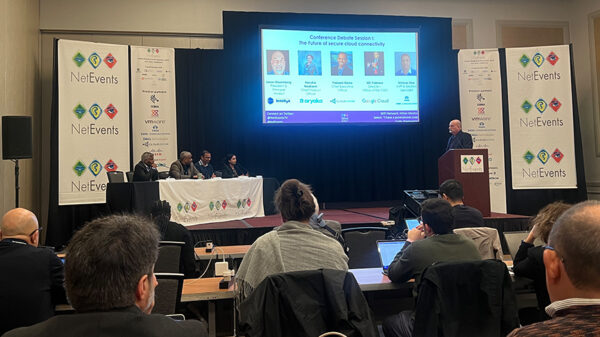The Philippines moved two notches from 12th to 10th place in their Asian cloud readiness index in 2014, according to the the Asia Cloud Computing Association (ACCA). This rate of improvement was the same last year as the Philippines jumped from the bottom of the list at 14th place to 12th place.
Local cloud computing pioneer, IPC (IP Converge Data Services, Inc.) further forecasts that cloud adoption in the Philippines will see accelerated growth in 2014. This, the ePLDT unit said, will be driven by a realization of businesses that aside from on-demand computing resources being indeed reliable, cost-efficient, and the easiest and fastest to deploy, taking advantage of the cloud doesn’t require one to move entire systems and business operations all at once. A gradual, calculated shift can be done through private clouds and hybrid cloud setups.
These setups allow enterprises to implement their cloud strategies to streamline business operations in an efficient manner, with timing that coincides with business milestones.
Public versus Private clouds
Public cloud Software-as a-Service (SaaS) still remains as the main entry point to adoption, with the top three cloud solutions that businesses in general subscribe to first are email, backup, and CRM, in that order.
Niño Valmonte, IPC Director for Product Management and Marketing, however, pointed out that, with security remaining to be a major hindrance to cloud adoption in the Philippines, the country will continue to see a high demand for private clouds. More and more enterprises will choose to implement private clouds, where “dedicated” cloud infrastructure is used for a single customer.
Said Valmonte, “We recognize that there are indeed sectors that would always require single-tenancy for their cloud strategy and a private cloud setup allows them to apply their own security measures on a dedicated hardware resource, yet still have the flexibility of compute as a service. Cloud.com.ph, IPC’s pioneering cloud portal, allows customers to set up their cloud resources as they see fit, and even allows them to subscribe to server-level security services such as managed endpoint protection and critical systems protection from global leader in data security, Symantec.”
Enterprises with stringent security protocols include financial and government organizations. A large percentage of data from these sectors, being highly sensitive, may not be hosted in shared physical infrastructure and thus entail a private cloud setup to maintain utmost data integrity while still taking advantage of the cloud’s flexibility.
Other enterprises that would require a private cloud setup are those with legacy systems designed for client/server implementations and cannot be deployed via virtualized infrastructure.
Hybrid Computing
While 2013 was a year of cloud experimentation and testing for most businesses, regardless of size, this year, these businesses are more confident in the cloud and are ready to embark on their cloud journey with their respective strategies.
In particular, 2014 will see enterprises implementing more cost effective and creative solutions to suit their needs utilizing both private and public clouds. For example, a company can use a public cloud application but keep their data secured within a private system. This is what is called “hybrid cloud.”
Hybrid cloud computing is a type of architecture that allows enterprises to use interoperable private and public cloud resources for a single system.
By customizing workloads over a hybrid cloud, an enterprise is able to manage systems in both cloud-based or hosted environments whether off-site or on-premise. IT administrators are able to monitor systems on different infrastructures from a single management platform, ensuring that all aspects of the business are well coordinated.
Said Valmonte, “It is always good to use a cloud provider that also operates its own data center facility. This gives customers the option of doing straightforward data center co-location, cloud hosting, or go for a hybrid setup. We are able to do this at IPC and in fact, advise customers on how to implement a business cloud strategy that they feel comfortable and secure with.”
Emerging trends in the area of hybrid cloud include hybrid on-premise, in-house data center with cloud disaster recovery or backup; and data center implementation with a combination of in-house data center plus cloud for some applications.
Security
As cloud computing quickly grew in popularity in 2012 and 2013, a lot of security issues have also been raised against it. Valmonte said that these concerns are what encourage providers to continually devise sound data security strategies and offer services that include identity management solutions, higher encryption standards, two factor authentication, and single sign on (SSO). Service providers will also find it imperative to get their operations and services certified by organization specializing in data security to gain end user trust.
While cloud providers assure users that stringent security measures have been implemented to meet critical client requirements, the most discriminating enterprises will still not take their word for it. Valmonte said that some enterprises may opt to invest in additional security infrastructure in order to ensure data privacy themselves.
All in all, “The cloud will continue to flourish in the Philippine business landscape this year, providing enterprises with cost effective and highly reliable businesses solutions on-demand,” said Valmonte.




















































































































